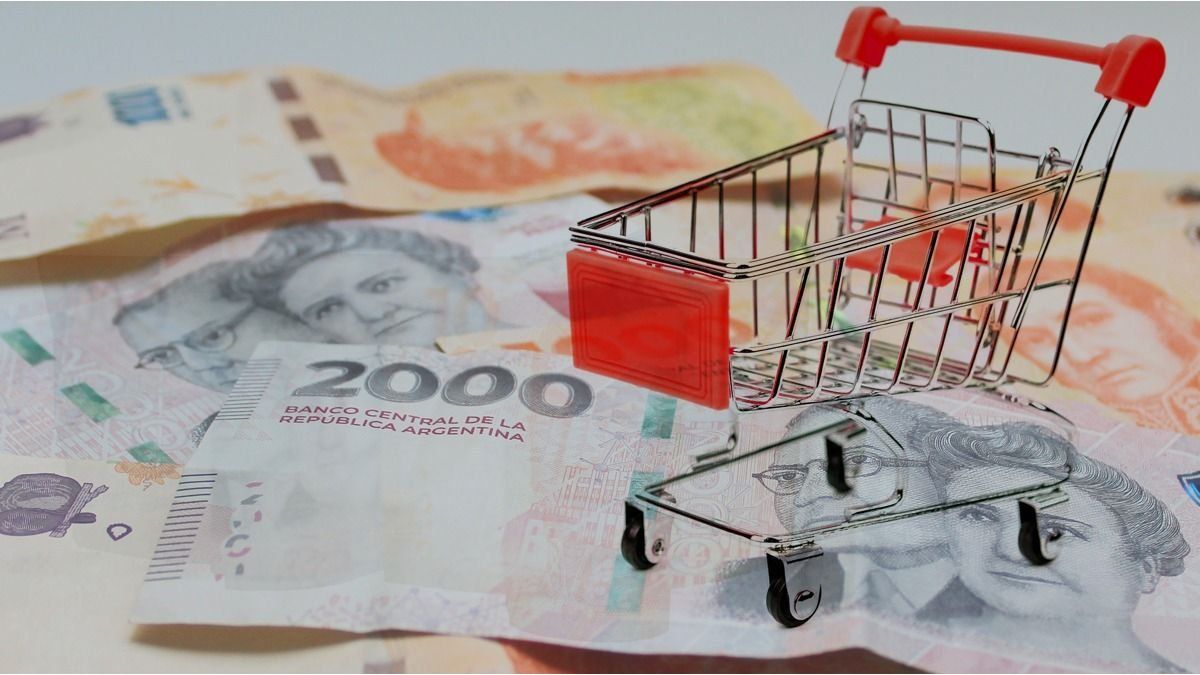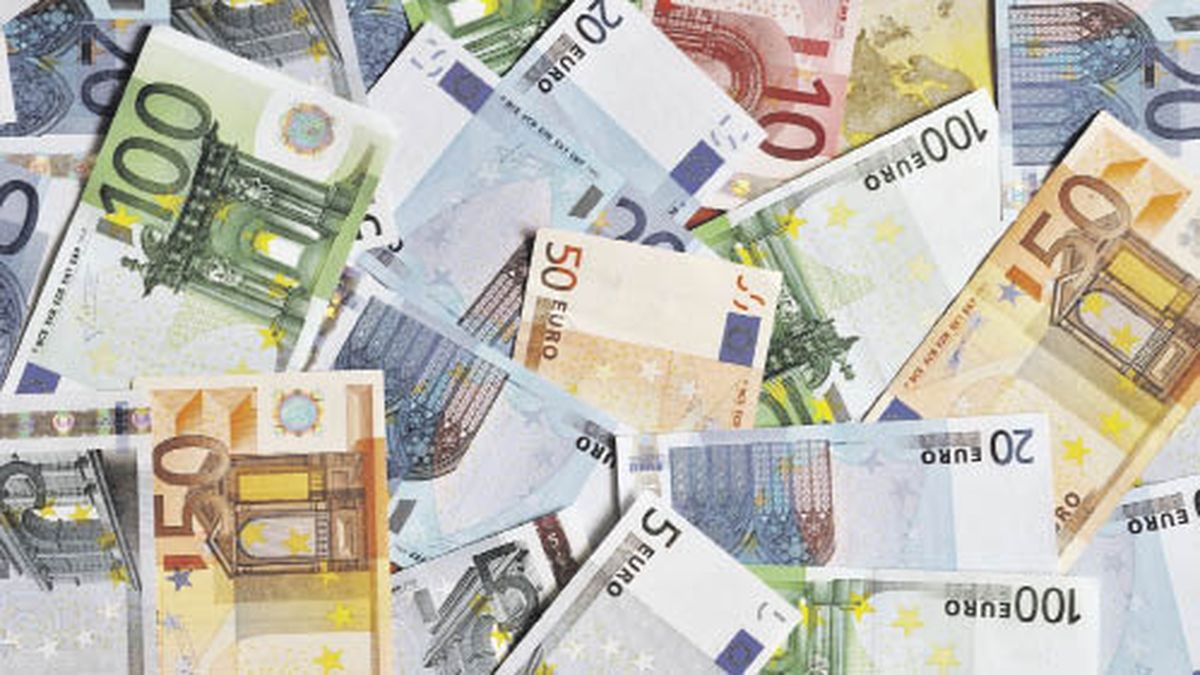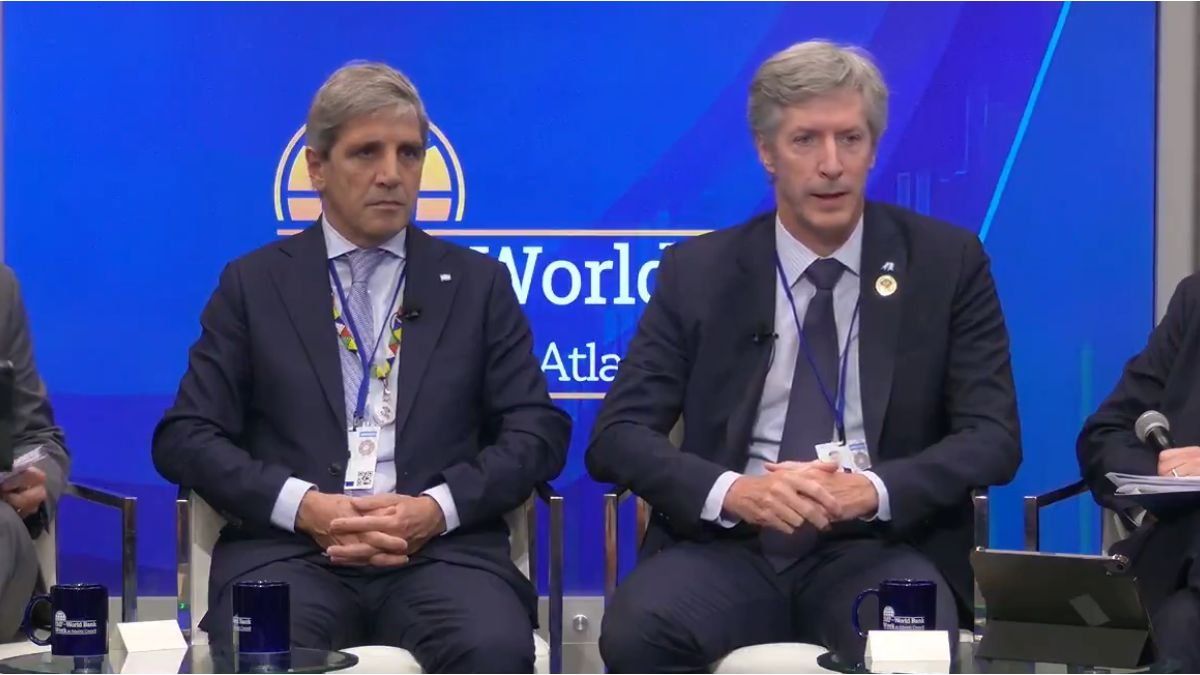Inflation slowed again in May and broke the 5% barrier according to data provided by various analysts. According to the consulting firm Ferreres & Asociados, the Consumer Price Index (CPI) was located at 4.6% monthly. Regulated prices played in their favor and the core measurement showed a variation of 4.5%. Economists of different orientations believe that disinflation hit a new floor and that to break it the Government will have to introduce changes in the economic plan.
The market is carefully awaiting May’s inflation data to determine how far the disinflation process has gone. Ámbito was able to access the first closed survey of the month of May. This is the measurement prepared by Ferreres & Asociados that showed a variation of 4.6% monthly and 279.7% year-on-year.
Another piece of information that analysts and the economic team closely follow is the core inflation, which in this case showed a variation of 4.5%. The price increase was led by the miscellaneous goods and transportation category with increases of 18.2% and was followed by communications with 7.1%. The item with the greatest influence continues to be food and beverages, which presented a variation of 6%.
Unlike previous months, regulated prices showed increases that were below the average (3.7%) and pushed inflation downward, while seasonal prices accelerated to 7.6%. The CPI of Ferreres & Asociados is made up of a daily survey of more than fifteen thousand prices of goods and services in Greater Buenos Aires.
Did you reach a new floor?
Another widely followed measurement in the market is the one carried out by the economist and professor at the Harvard Business School Alberto Cavallo via Price Stats. According to that survey, monthly inflation reached 3.5% on May 19 but It began to rebound in the following days to 3.8%.
The open question now is whether this same program will be enough to continue the path of lower inflation. As Orlando Ferreres showed, May also had the incentive of decelerating regulated prices, but moving forward new increases in gas, electricity and transportation rates are on the horizon.
Mass consumption products registered a year-on-year increase of up to 462.9% in May, although in that month there were drops of between one and double digits in some items.
This was revealed in a report by the consulting firm Focus Marketwhich detailed that the items that increased the most in May 2024 compared to the same month in 2023 were Puree +462.9%, Chocolates +448%, Toothpastes +441.8%, Laundry detergent +435.7%, Deodorants of atmosphere +412%, Softeners +408.7%, Salts +399.9%, Razors +396.2% and Sweeteners +381.3%.
On the other hand, yogurt prices fell 16.5%, also year-on-year.
In the “top 10” of the items that increased the most in relation to April of this year are: Broths +16.8%, Laundry detergent +15.3%, Feminine towels +14.6%, Beers +8, 9%, Butter +8.7%, Detergent +8.5%, Tea +6.6%, Razors +6.4% and Condiments +6.4%.
“Inflation in mass consumption in May 2024 was 2.5%, with a price variation in the food category of 2% and cleaning of 1.5%. For its part, the average increase in beverages has been 4.8 % and personal care 7.7%, accelerating its price variation compared to April 2024. In the accumulated price variation of the mass consumption basket for the year, it is 50% below the average price variation of the economy “said the director of Focus Market, Damian Di Pace.
In his opinion: “While consumer confidence improves in line with the slower pace of price increases in the economy, consumption slows its decline but still in a double-digit negative sign. The pocketbook is slowly beginning to be above the variation of monthly prices of the economy, although still far from recovering purchasing power”.
For Di Pace, promotions, offers and discounts remain firm in supermarkets, as do price freezes for up to five months, “which translates into excess stock in warehouses and warehouses that needs to be released, encouraging consumption”.
You can’t do it with stocks: Is it enough without stocks?
For Domingo Felipe Cavallo, The monthly inflation floor under this scheme will be close to 5%. The former Minister of Economy considers that to reach lower levels the Government will have to introduce strong changes on the exchange and regulatory front.
Cavallo suggests a split that maintains the stocks for commercial operations, but that releases the rest of the market under a financial rate. Prior to that, he considers that a devaluation should be carried out to accommodate quotes at levels closer to what a truly “free” dollar could be.
For the Chief Economist of Wise Capital Piedad Ortiz “The confluence of competitors will ensure business optimization and lower prices.” On this point, he considered that lowering taxes, improving the management of state-owned companies, along with lowering import entry barriers, are some measures that the Government could take to advance the improvement of competitiveness.
Source: Ambito




